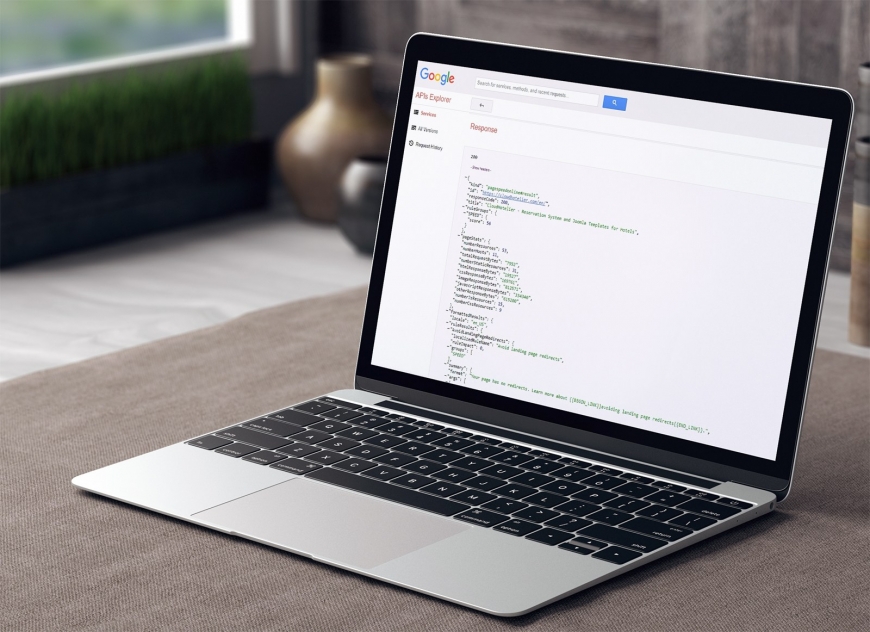Is it worth it? We analyse how PageSpeed works
Google PageSpeed is a Google tool that monitors the loading speed of a website and helps optimise it to be more mobile-friendly. But do we really need it?
The first step in using Google PageSpeed correctly is not to become obsessed with negative results. We have already told you that Google's penalties on websites are not always relevant for a hotel website as it does not take into account your needs.
Balance between speed and design
Hotel websites load a lot of photos with several JavaScript files for the booking engine to work. The "bugs" that appear when using the PageSpeed tool are absolutely minor. Even if Google lowers the score for photo content, the photos are not relevant enough to affect the loading speed.
This happens when Google considers that there is a 500K photo that could be displayed with 499K, and penalises the user several points for each image. This penalty is only due to a few bits that represent less than 1% of the total web load.




